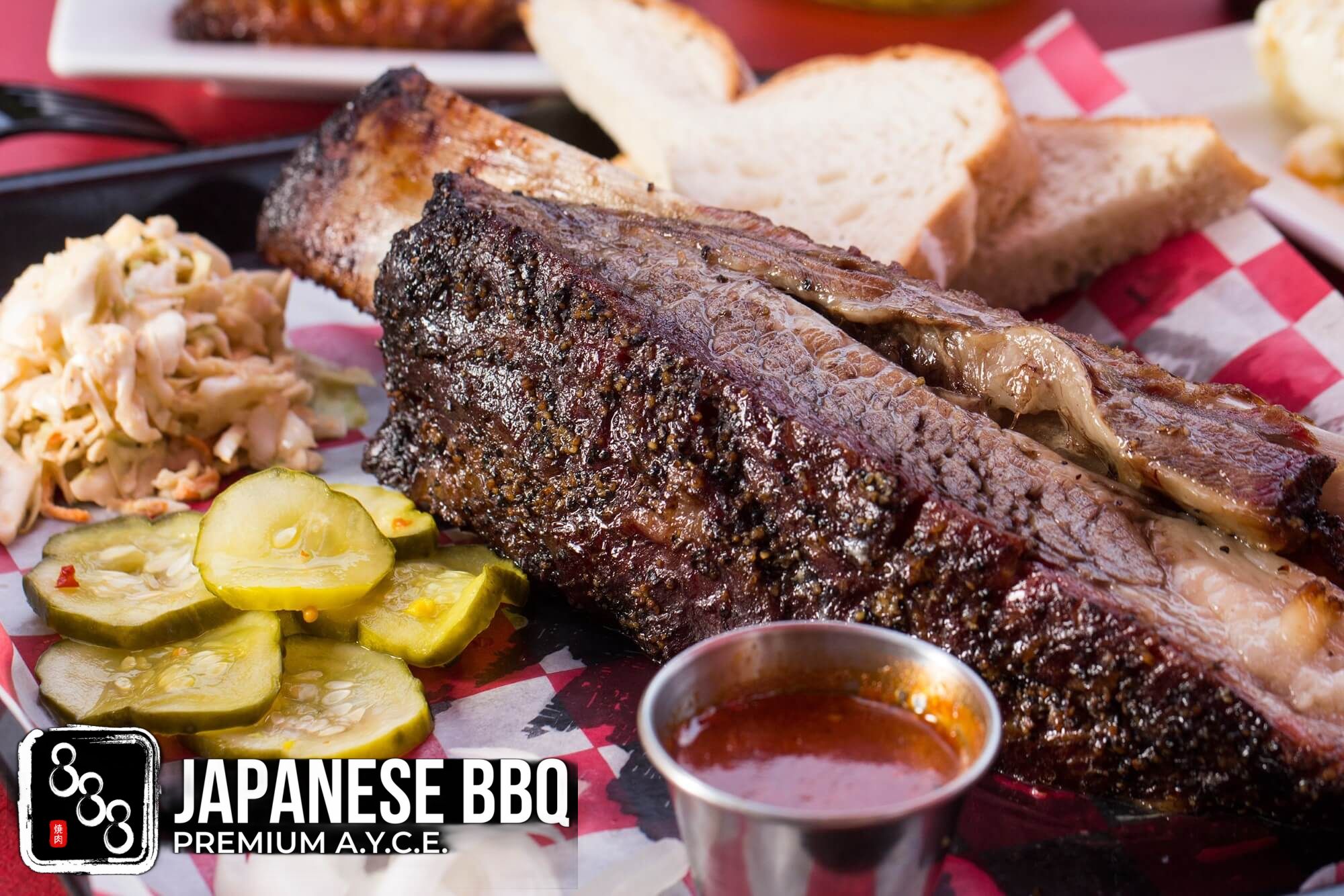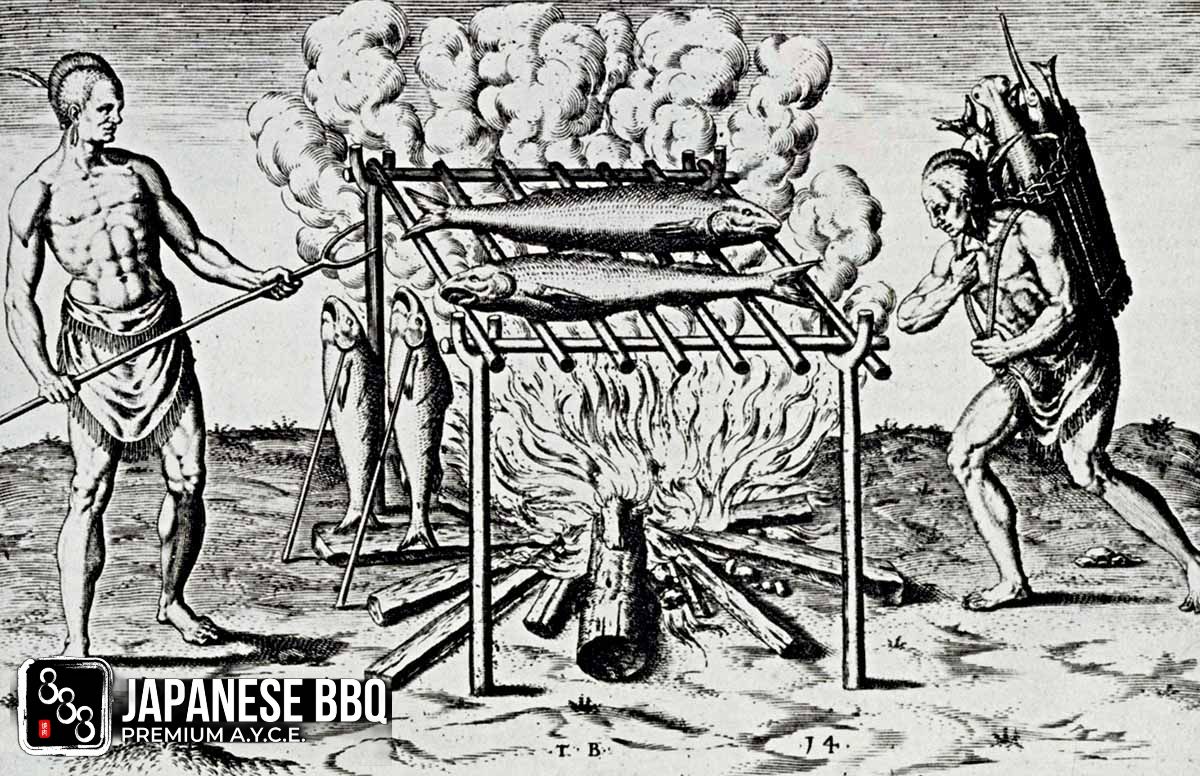Where Did BBQ Come From: Unraveling the Origins of Barbecue
Few foods can compare to the tantalizing flavor of barbecue when it comes to being delicious and mouthwatering. Whether it's tender ribs slathered in smoky sauce or juicy brisket cooked low and slow, BBQ has become a beloved culinary tradition around the world. But have you ever wondered where this delectable cooking style originated? 888 Japanese BBQ shall explore the roots and historical development of BBQ in this essay as we delve into its intriguing past.
The Beginnings of BBQ: A Culinary Journey
Early Techniques of Cooking Meats
To understand the origins of BBQ, we must first look back to ancient times when humans discovered fire and began experimenting with cooking techniques. As our ancestors mastered the art of managing fire, they soon discovered that it not only offered warmth and security but also converted unappetizing items into tastier and more nourishing foods.
Early cooking methods involved roasting meats on an open flame or hot coals, with the smoke adding flavor and preserving the meat. These rudimentary techniques laid the foundation for what would eventually become known as BBQ.
Indigenous Influence: Native Americans and Polynesians
Although the precise origins of BBQ are unclear, Native Americans are said to have had a substantial influence on its evolution. Tribes such as the Taino people of the Caribbean and the indigenous inhabitants of the southeastern United States practiced a form of pit cooking that resembled modern-day BBQ. They dug large pits in the ground, lined them with rocks, and placed marinated meats on top, allowing the heat and smoke to slowly cook the food.
Similarly, the Polynesians had their own unique method of underground cooking called "imu" or "hangi." This involved digging a pit, heating rocks in a fire, placing them in the pit along with the food wrapped in leaves, and covering it all with soil. The result was tender and flavorful meat, cooked to perfection.
Read more: Who Invented BBQ Sauce
Spanish Influence: Barbacoa
As European explorers traveled the world, they came across these native cooking techniques and were enthralled by the distinctive flavors and tenderness of the flesh. The Spanish, in particular, adopted the term "barbacoa" from the Taino people, referring to the wooden structure used for smoking meats.
The Spanish explorers brought this concept back to Europe, where it further evolved and gained popularity. Over time, barbacoa became synonymous with festive gatherings and outdoor feasts, with whole animals such as pigs or lambs slow-cooked over an open fire. In several places of Spain, particularly in Catalonia and Valencia, this ritual is still practiced today.

BBQ Across the Globe: A World of Flavors
United States: From Southern Roots to National Obsession
One cannot discuss the history of BBQ without mentioning its deep roots in the American South. African slaves introduced pit cooking methods and their cultural history to the area, influencing the local cuisine. They would spend hours smoking rough chunks of meat, turning them into exquisite delights that were soft and flavorful.
As barbecue spread across the country, various regions created their own distinctive styles that were each marked by particular methods and tastes. For example, Texas-style BBQ is known for its emphasis on beef, slow smoking techniques, and bold, tangy sauces. In contrast, Carolina-style BBQ favors pork, vinegar-based sauces, and a combination of smoking and grilling.
Today, BBQ has become a national obsession in the United States, with countless competitions, festivals, and dedicated restaurants celebrating the art of low and slow cooking.
South America: Churrasco and Asado
In South America, BBQ takes on a whole new dimension with churrasco and asado. In countries like Brazil, Argentina, and Uruguay, grilling large quantities of meat is a time-honored tradition that brings families and friends together.
Churrasco typically involves skewering various cuts of meat, such as beef, chicken, and sausage, and cooking them over an open flame. The result is a carnivorous feast that showcases the natural flavors of the meat.
On the other hand, asado refers to the social gathering itself, where meat is cooked on a grill or parrilla. The asador (grill master) carefully tends to the fire, ensuring each cut of meat is cooked to perfection. Asado is not just about the food but also about the passion and camaraderie shared among those partaking in the meal.
Asia: Tandoori and Yakitori
While BBQ may be most commonly associated with the Western world, Asia also boasts its own unique and flavorful variations.
In India, tandoori cooking takes center stage, with meats marinated in a mixture of yogurt and spices before being cooked in a clay oven called a tandoor. This method ensures that the meat remains tender and moist while infusing it with a smoky, aromatic flavor.
Meanwhile, in Japan, yakitori is a popular street food that involves grilling bite-sized pieces of chicken on skewers over charcoal. The simplicity of this technique allows the natural flavors of the meat to shine through, resulting in a delicious and satisfying snack.
Read more: Japanese BBQ vs Korean BBQ
FAQs about the Origins of BBQ
Q1: Where did BBQ originally come from?
BBQ originated from ancient cooking techniques practiced by Native Americans and Polynesians, eventually evolving and spreading through Spanish influence.
Q2: What are the main styles of BBQ in the United States?
The United States is known for its diverse BBQ styles, including Texas-style (beef-focused), Carolina-style (pork-focused), and Kansas City-style (a balance of meats with thick, sweet sauce).
Q3: How is BBQ different in South America?
In South America, BBQ takes the form of churrasco and asado. Churrasco involves skewered meats cooked over an open flame, while asado refers to the social gathering where meat is grilled.
Q4: Are there any vegetarian options in BBQ?
While BBQ is traditionally associated with meat, vegetarian-friendly alternatives such as grilled vegetables, tofu, or plant-based protein can also be prepared using similar techniques and flavors.
Q5: Can I recreate BBQ flavors at home without a grill?
Yes, you can achieve delicious BBQ flavors at home by utilizing alternative cooking methods such as oven roasting, stovetop smoking, or using a smoker box on a gas or charcoal grill.

Conclusion
The history and origins of BBQ are deeply rooted in ancient cooking techniques and cultural traditions from around the world. From the pit-cooking methods of Native Americans to the festive gatherings of Spanish barbacoa, BBQ has evolved and adapted over time, becoming a global culinary phenomenon.
Whether you prefer the smoky flavors of American BBQ, the sizzling churrasco of South America, or the aromatic spices of Asian grilling, one thing remains constant—BBQ brings people together, igniting a sense of community and celebration around good food. So, the next time you sink your teeth into a juicy, flavorful piece of BBQ, remember the rich history behind this beloved culinary tradition.
Here is the article answering the question of where did BBQ come from. Follow 888 Japanese BBQ to read more blog.



